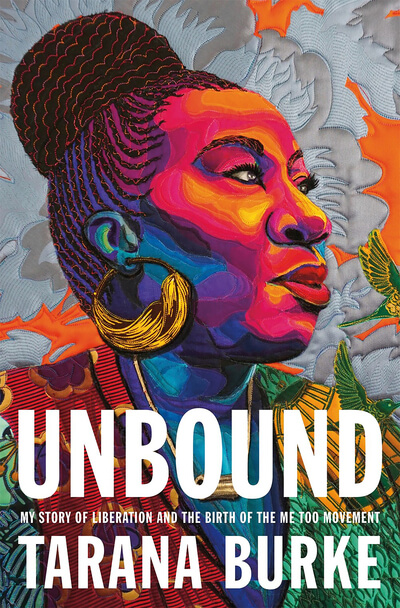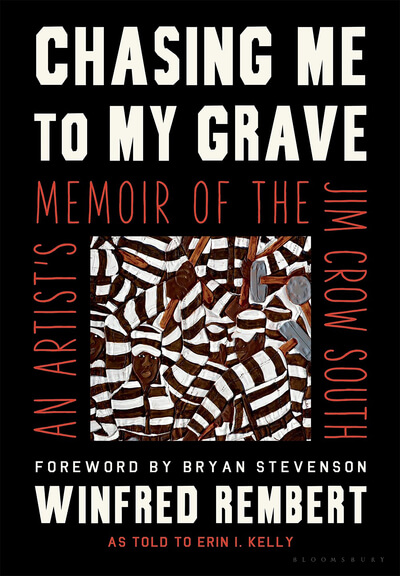When you consider all the time, effort and hope that goes into writing a book, it only makes a truly great debut that much more impressive. Here are the debuts we’ll never forget.
The Poppy War
The first installment in R.F. Kuang’s epic military fantasy trilogy is essentially one book that transforms into another. It begins as an iteration of the well-loved “story set in a magical school,” as the orphaned Rin escapes her abusive, impoverished life in southern Nikan by winning a scholarship to the famous military academy of Sinegard. Sure, it’s a bit more blunt and brutal than you’d expect—Rin burns herself with candle wax to stay awake while studying, and schoolyard brawls between students with martial arts training turn bloody fast—but Kuang’s earthy sense of humor lightens the mood. And then Nikan is invaded, and The Poppy War morphs into a grimdark meditation on whether it’s possible to retain your humanity if you can wield the powers of a god. Neither half would work without the other, and Kuang’s mastery of both proves that her career will be endlessly fascinating.
—Savanna, Associate Editor
The Story of Owen
Canadian author E.K. Johnston’s debut asks an irresistible though not previously unasked question—what if dragons were real?—and its answer is the best I’ve ever read. When Canada’s highest paid dragon slayer retires to Siobhan’s small town of Trondheim, Ontario, to train her teenage nephew, Owen, Siobhan never expects to become part of their story, let alone be invited to become the bard who will tell it. Johnston takes world building to new heights, offering explanations of everything from the rise of corporate-contracted dragon slayers to why postmodernists incorrectly blame “the decline of the dracono-bardic tradition on the sudden and soaring popularity of the Beatles.” The dragons are attracted to carbon emissions, so teens take driver’s education to learn “the more banal aspects of safe driving: four-way stops, three-point turns, small dragon evasion, and the like,” and Michigan’s factories attracted so many of the beasts that humans abandoned the state completely. To read this book is to understand why Johnston has become one of the most consistently surprising YA writers working today.
—Stephanie, Associate Editor
White Teeth
This book came out when I was 10 days old, right at the start of the new millennium. Zadie Smith herself was 25 when her debut landed—young enough to be the voice of a new generation but still old enough to know how silly such a title is. Soon after its release she would become one of the most important authors around. Though I didn’t read it until 20 years after its release, this book still feels as impactful and fresh as it must have felt in 2000. Family dramas were big in literary fiction at the time (e.g., The Corrections, Infinite Jest), but White Teeth, with its ethnic, ideological and thematic diversity, stands out among the pack. From the iconic opening line through each intertwined storyline, Smith tells a story that captures the anxiety and hope of both an older generation entering a new world and young people conquering an old one.
—Eric, Editorial Intern
The People in the Trees
Sometimes it feels like a debut novelist purges all their best ideas for that first book, using up every resource for their big entrance. After coming out of the gate so hot, they can’t be blamed for not writing another, or for experiencing what we in the book reviewing biz call the “sophomore slump.” I’ll admit that when I read Hanya Yanagihara’s debut back in 2013, I believed that this was the kind of writer she had to be. A novel this complex, profound and imaginative, with writing so visceral and poised—surely this was everything she had, dumped out in the exuberant, chaotic flurry of the new artist. But as proven by her virtuosic follow-up, A Little Life, that was hardly the case. In writing this column, I wondered how well my memory of her first book would hold up, and a return to The People in the Trees has once again left me in awe at her overwhelming descriptions of the Micronesian jungle, her nuanced portrayal of a predatory genius and the fact that this book still, after all these years, has no equal.
—Cat, Deputy Editor
Don’t Let’s Go to the Dogs Tonight
Serial memoirist (and occasional novelist) Alexandra Fuller has lived quite a life—expansive enough to fill five books, and counting. But her first memoir, Don’t Let’s Go to the Dogs Tonight, is the one that has haunted me the most. Growing up with her white family in Rhodesia (now Zimbabwe) during the Rhodesian Bush War, Fuller experienced things that were thrilling, beautiful and dangerous. In the bush of southern Africa, she and her sister learned to shoot guns, kill snakes and avoid landmines and guerrilla fighters. She survived hazards closer to home, as well, such as her mother’s alcoholism and the loss of their family farm to land redistribution after the war. Danger is barely kept at bay throughout this book, and not everyone survives. But the telling is so moving, and the writing so beautiful, you’ll savor even the bitterest parts of this chronicle of a remarkable childhood.
—Christy, Associate Editor


























